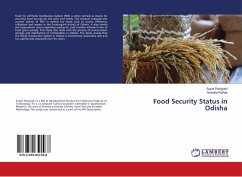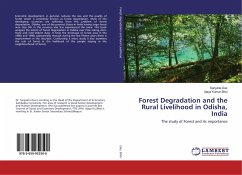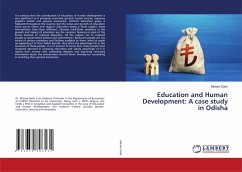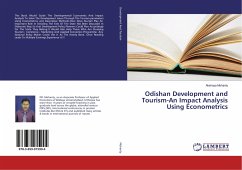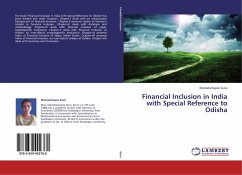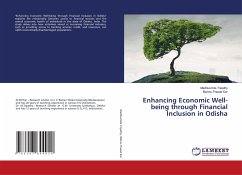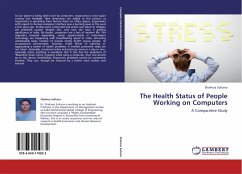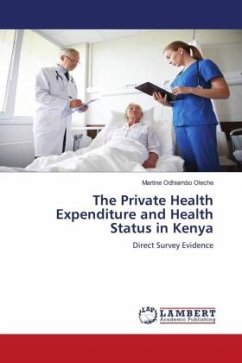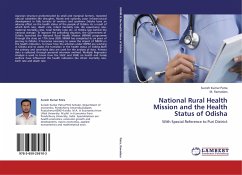
National Rural Health Mission and the Health Status of Odisha
With Special Reference to Puri District
Versandkostenfrei!
Versandfertig in 6-10 Tagen
32,99 €
inkl. MwSt.

PAYBACK Punkte
16 °P sammeln!
Agrarian structure predominated by small and marginal farmers, repeated natural calamities like droughts, floods and cyclones, poor infrastructural development in hilly terrains of western and southern Odisha have an adverse effect on the health status of the people of Odisha. As a result of which birth rate, death rate, infant mortality rate, life expectancy rate, maternal mortality ratio, total fertility ratio etc. of Odisha lags behind the national average. To improve the prevailing situation, the Government of Odisha launched the National Rural Health Mission (NRHM) programme through the s...
Agrarian structure predominated by small and marginal farmers, repeated natural calamities like droughts, floods and cyclones, poor infrastructural development in hilly terrains of western and southern Odisha have an adverse effect on the health status of the people of Odisha. As a result of which birth rate, death rate, infant mortality rate, life expectancy rate, maternal mortality ratio, total fertility ratio etc. of Odisha lags behind the national average. To improve the prevailing situation, the Government of Odisha launched the National Rural Health Mission (NRHM) programme through the state on 17th June 2005. NRHM has completed its six years of journey in Odisha. It becomes necessary to assess the impact of NRHM on the health indicators, to know how the schemes under NRHM are working in Odisha and to assess the transition in the health status of Odisha.Both the primary and secondary data are used for the analysis of data. Primary data is collected through personal interview method. Multiple Regression Analysis is used to know how the SGCE and SGRE on health and family welfare have influenced the health indicators like infant mortality rate, birth rate and death rate.



